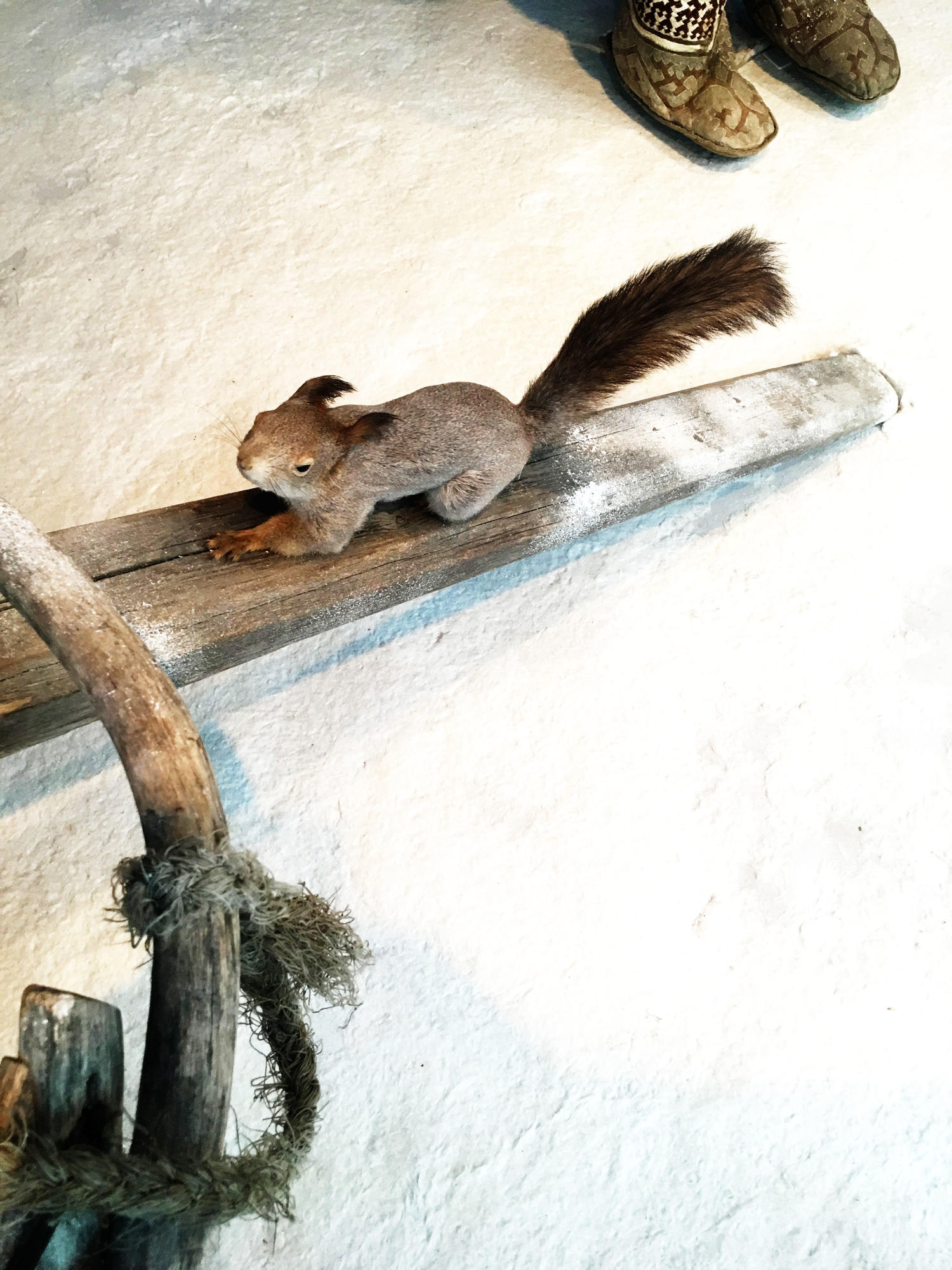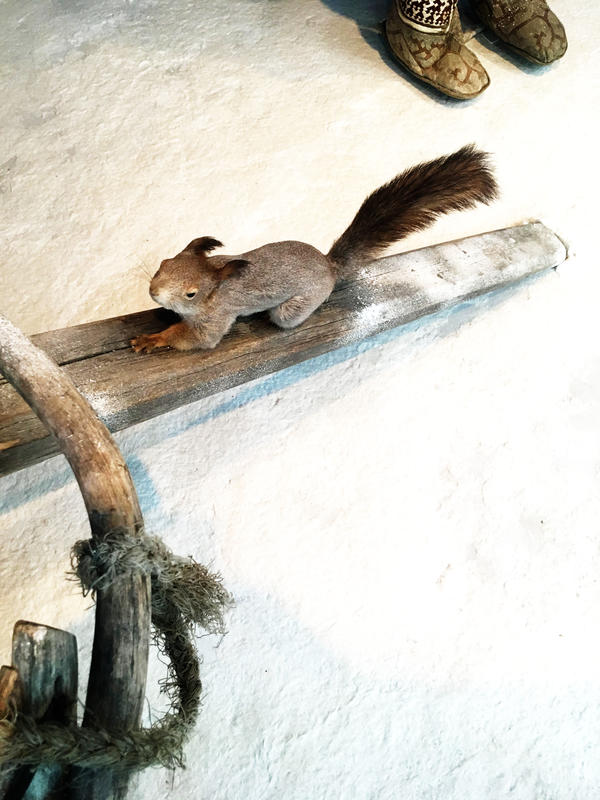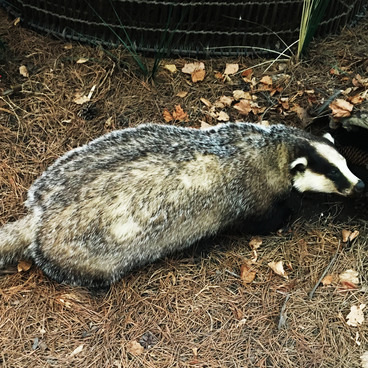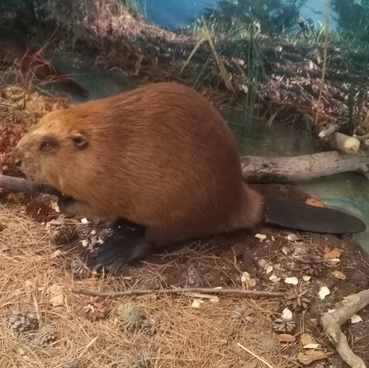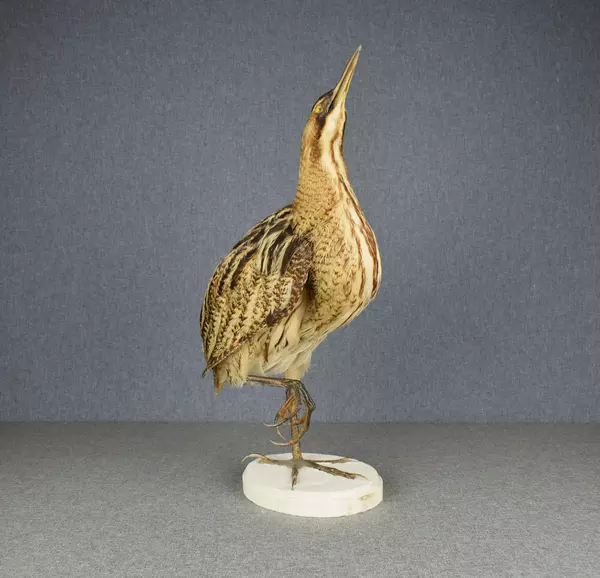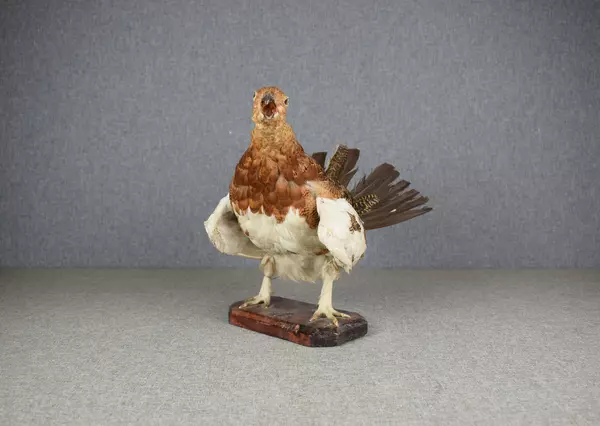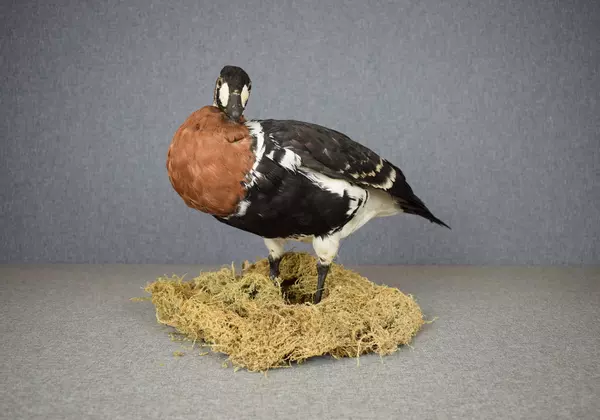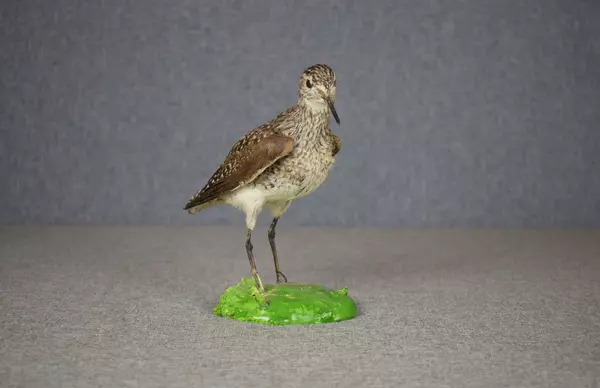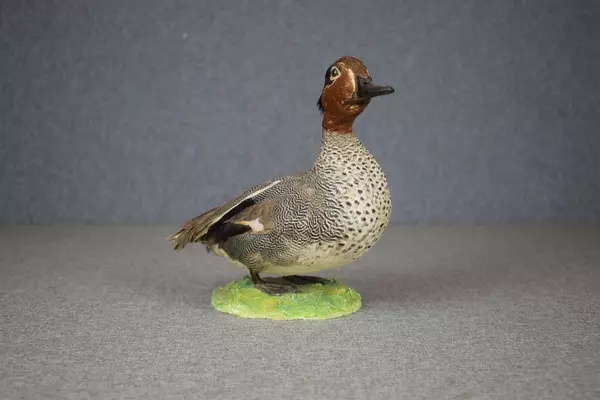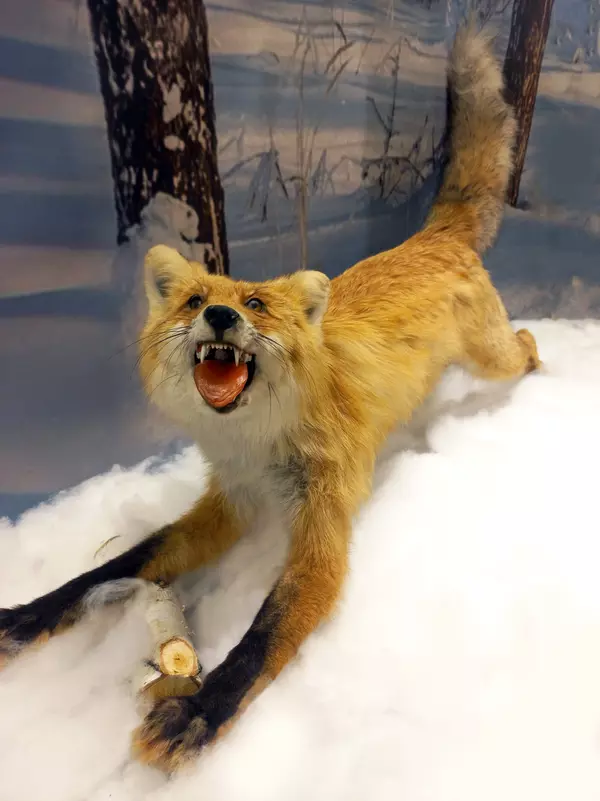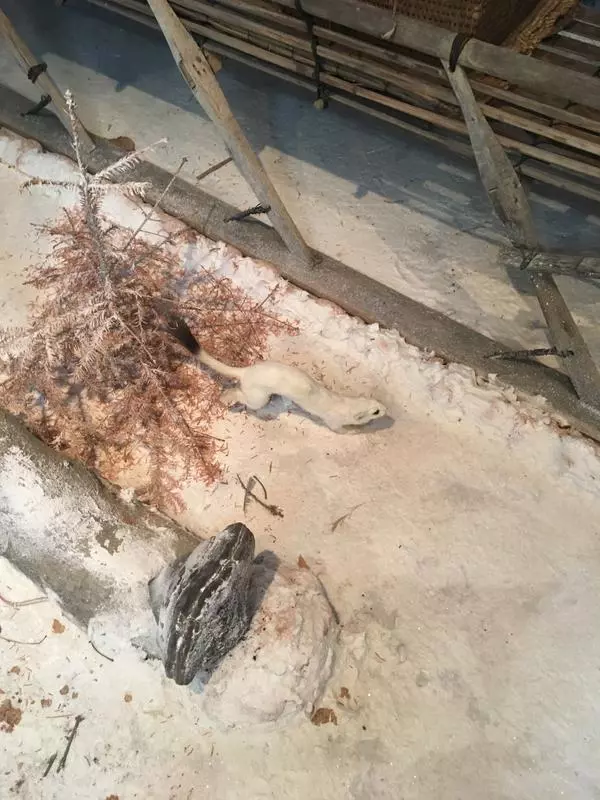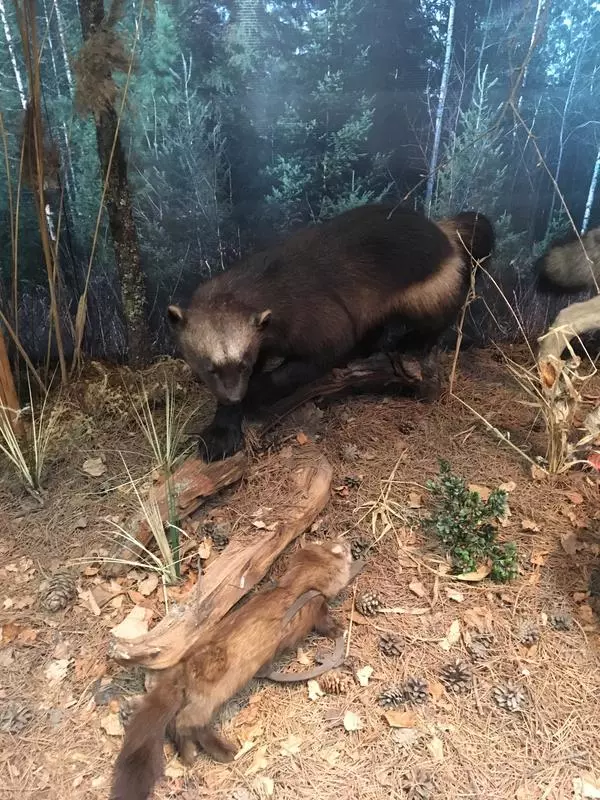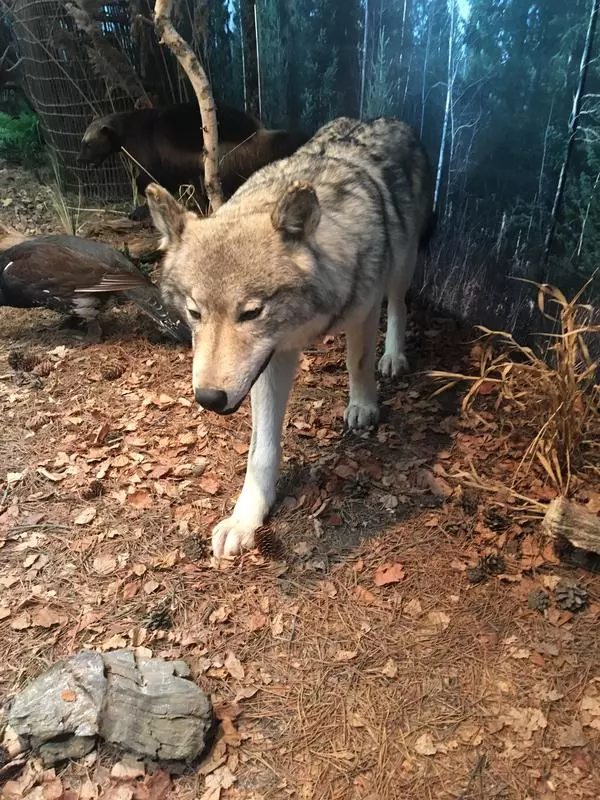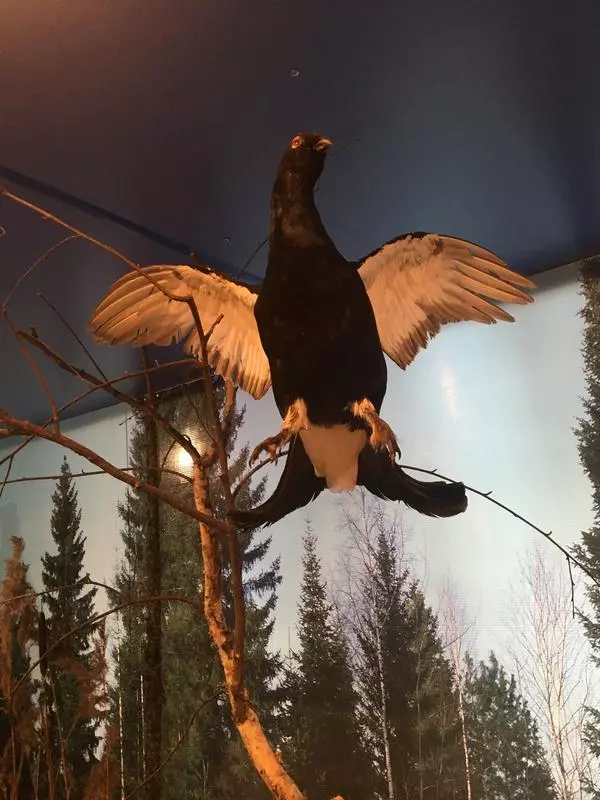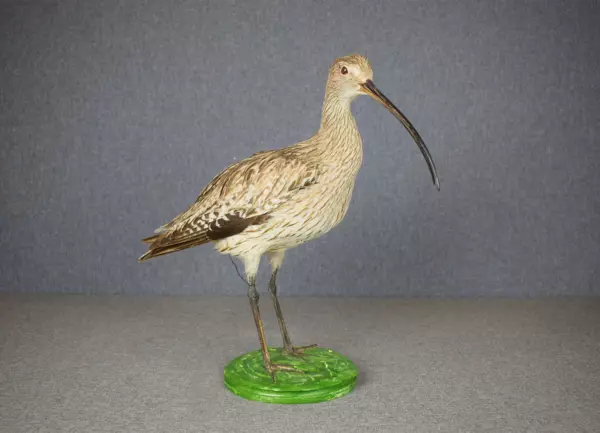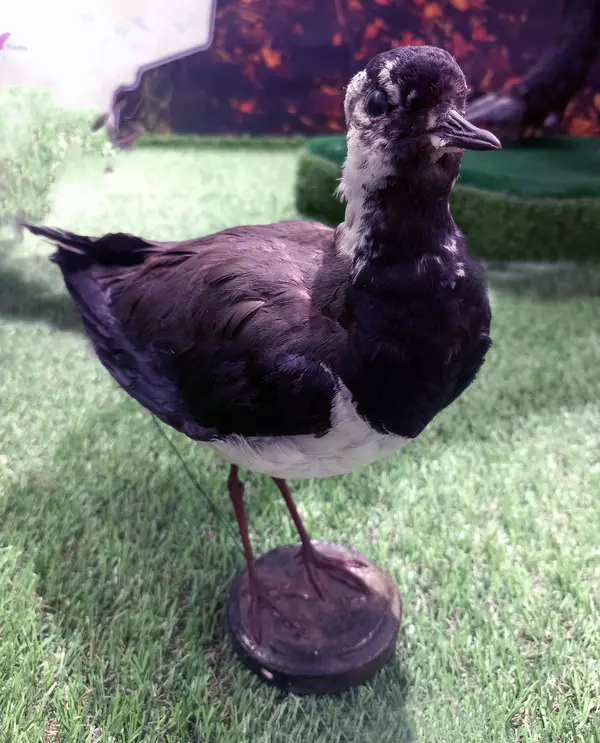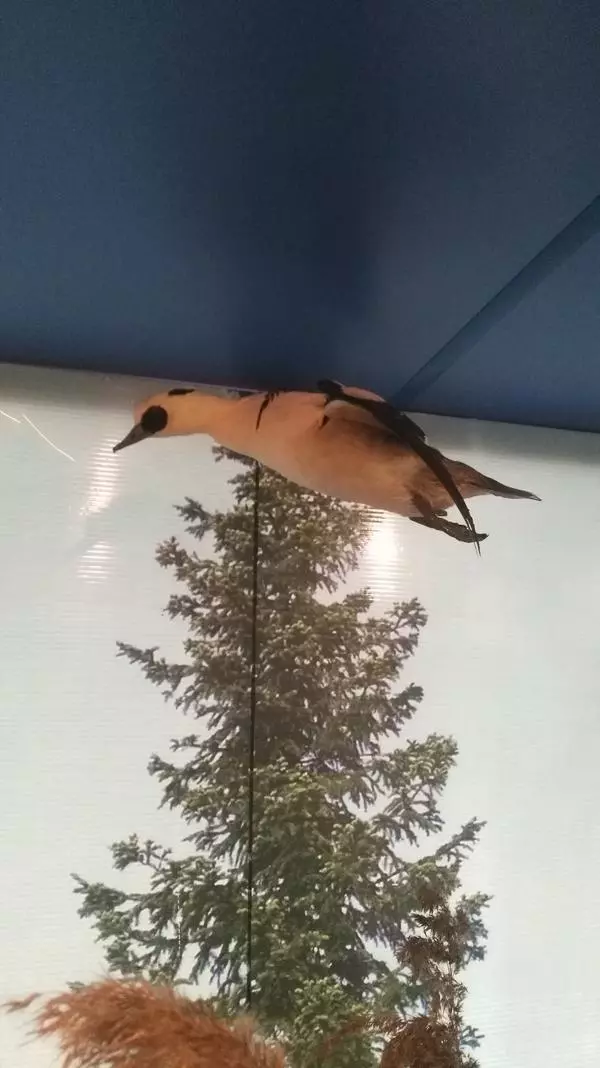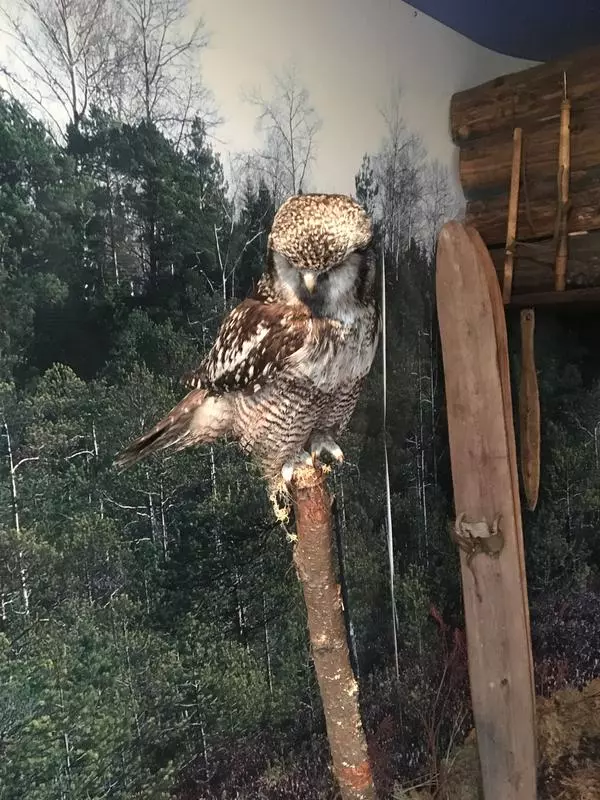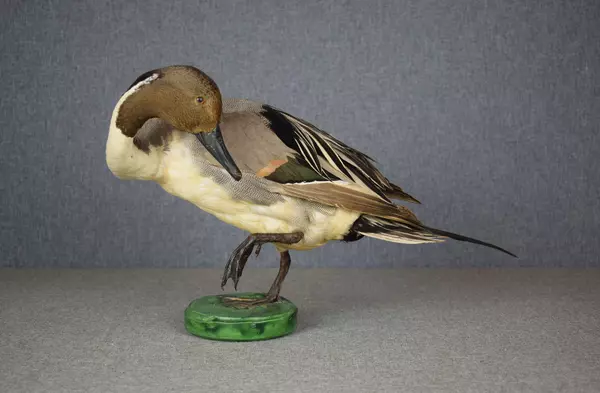The red squirrel is a rodent from the Sciuridae family. It is a slim animal with a fluffy tail. Its body length is 19.5-28 cm, its tail length, 13-19 cm, and its weight usually does not exceed 340 grams. The color of its fur changes depending on the season: in summer, it is mostly red and brown, and in winter, mainly grey and black. The red squirrel’s winter fur is soft and fluffy, and in summer, it becomes shorter and coarser.
The base of red squirrel’s diet are seeds of trees: fir, pine, and cedar, and that is why it prefers living in mixed needle-leaved forests. However, it also eats berries, mushrooms and grass. In hungry times, squirrels can even eat larvae and birds’ eggs. They make food reserves for winter: they dry mushrooms on the branches of trees and hide nuts and acorns in hollows of trees or underground. They often forget about their reserves, so that sometimes other animals eat them, and the abandoned seeds often germinate.
The squirrel is a lively and agile animal. It easily leaps from tree to tree, 3-4 m in a straight line and 10-15 m in a downward curve, moving its tail to steer. When there is no snow, it spends a lot of time on the ground, and in winter, it mostly moves high on the trees. In case of danger, a squirrel runs to the top of a tree, usually hiding among its branches.
Squirrels are active in the mornings and in the evenings. They spend 60% to 80% of that time searching for food. In the midst of winter, they leave their dwelling places only to search for food, and during severe frosts and bad weather, they can spend a long time in their nests, half asleep. However, they never fall into real winter sleep, unlike ground squirrels, chipmunks and marmots.
Squirrels make their nests on trees. In foliage forests, they live in hollows of trees where they make a soft bedding of grass, lichen and dry leaves. In needle-leaved forests, they build spherical nests from dry branches, with a bedding of moss, grass and hair. They can occupy birdhouses and abandoned birds’ nests. Each squirrel has several nests, sometimes up to 15. Several squirrels can live in the same nest, but that happens mainly in winter; most of the time, they live a solitary life.
The base of red squirrel’s diet are seeds of trees: fir, pine, and cedar, and that is why it prefers living in mixed needle-leaved forests. However, it also eats berries, mushrooms and grass. In hungry times, squirrels can even eat larvae and birds’ eggs. They make food reserves for winter: they dry mushrooms on the branches of trees and hide nuts and acorns in hollows of trees or underground. They often forget about their reserves, so that sometimes other animals eat them, and the abandoned seeds often germinate.
The squirrel is a lively and agile animal. It easily leaps from tree to tree, 3-4 m in a straight line and 10-15 m in a downward curve, moving its tail to steer. When there is no snow, it spends a lot of time on the ground, and in winter, it mostly moves high on the trees. In case of danger, a squirrel runs to the top of a tree, usually hiding among its branches.
Squirrels are active in the mornings and in the evenings. They spend 60% to 80% of that time searching for food. In the midst of winter, they leave their dwelling places only to search for food, and during severe frosts and bad weather, they can spend a long time in their nests, half asleep. However, they never fall into real winter sleep, unlike ground squirrels, chipmunks and marmots.
Squirrels make their nests on trees. In foliage forests, they live in hollows of trees where they make a soft bedding of grass, lichen and dry leaves. In needle-leaved forests, they build spherical nests from dry branches, with a bedding of moss, grass and hair. They can occupy birdhouses and abandoned birds’ nests. Each squirrel has several nests, sometimes up to 15. Several squirrels can live in the same nest, but that happens mainly in winter; most of the time, they live a solitary life.
